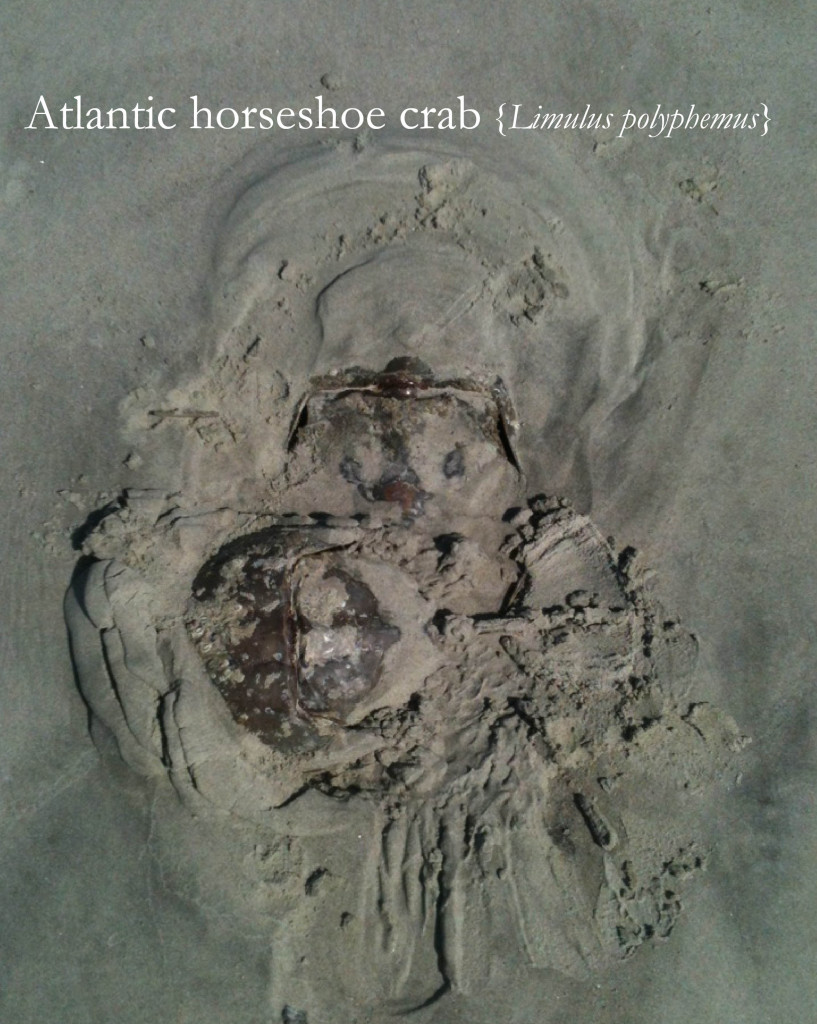It’s not often you stumble across this on the beach. I asked horseshoe crab expert Danielle Chesky, Fishery Management Plan Coordinator with the Atlantic States Marine Fisheries Commission, what was happening in this picture and she said that “they’re dug in for the day after spawning until the high tide comes and they can get back out to sea”. For more posts on horseshoe crabs check out the Limulus Love page. Thank you to a colleague’s in-laws for sending along this picture.










What people are saying …